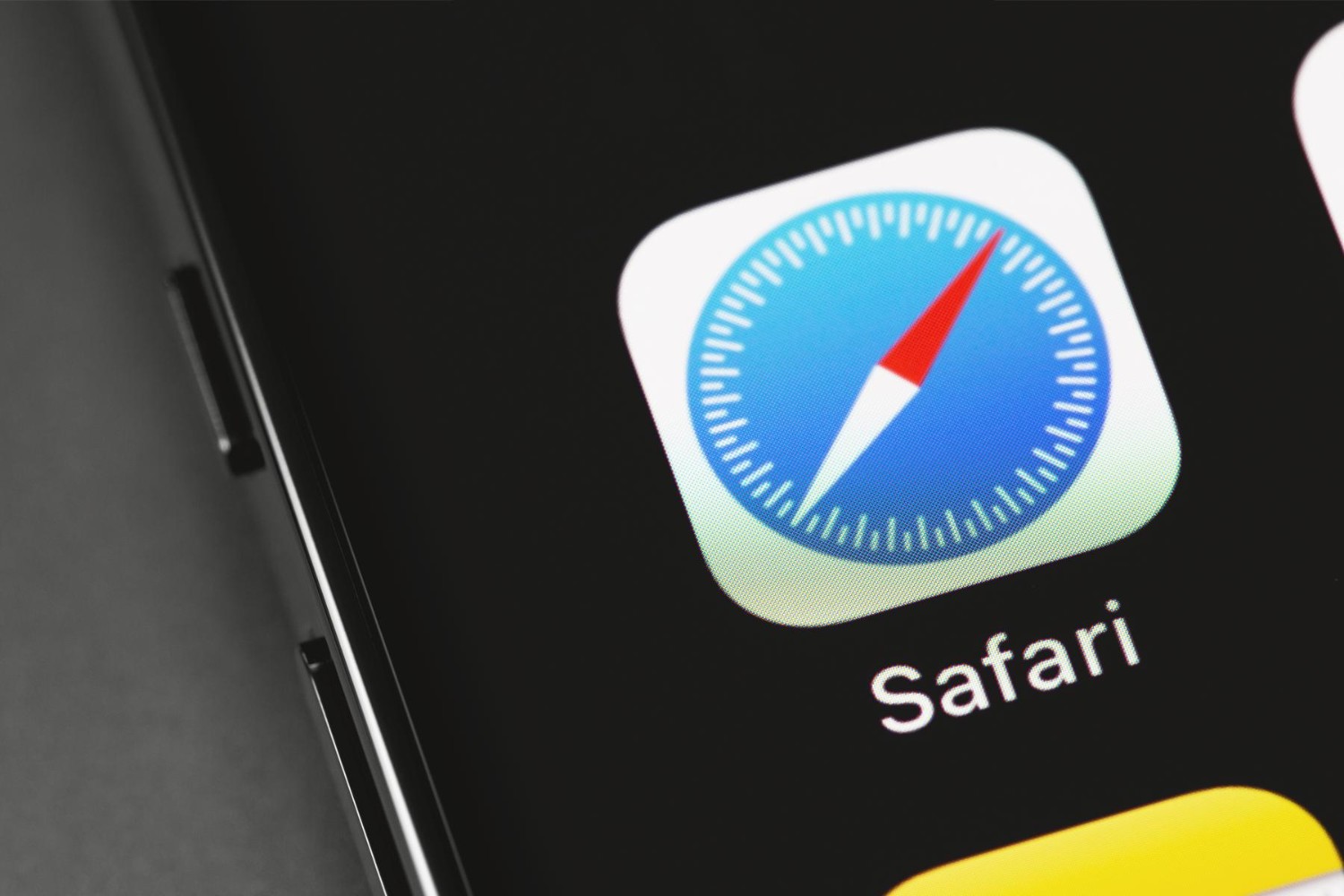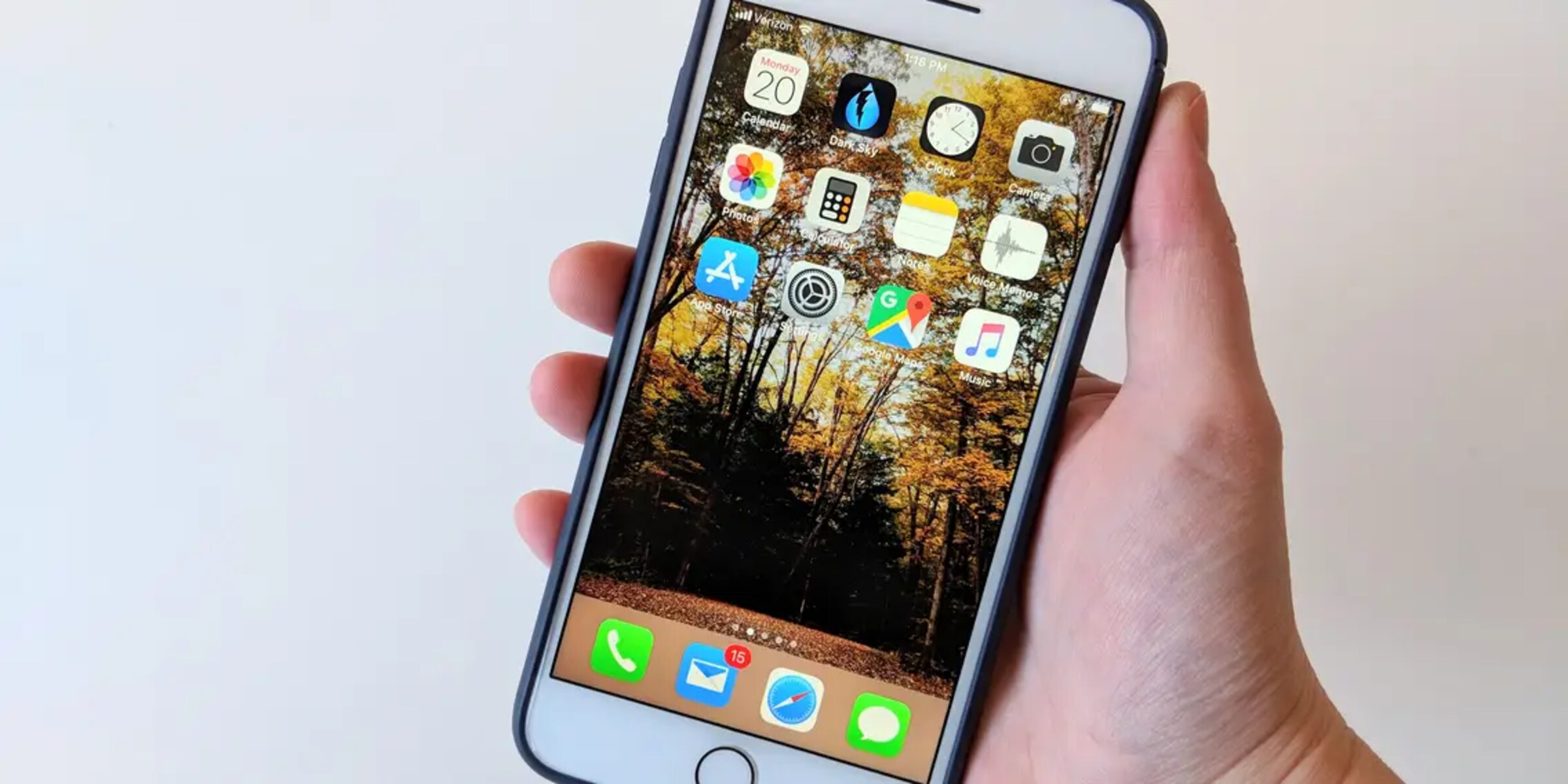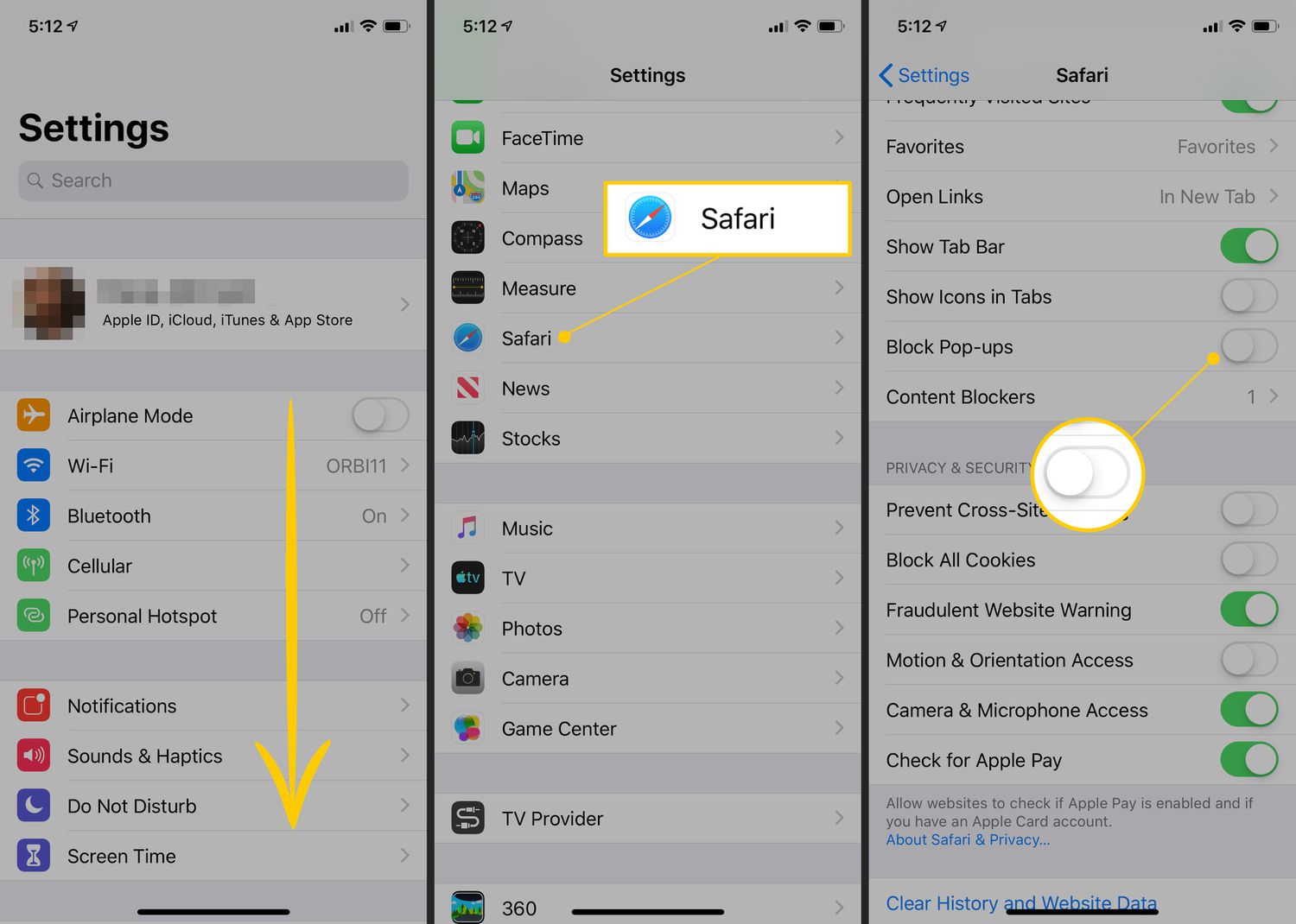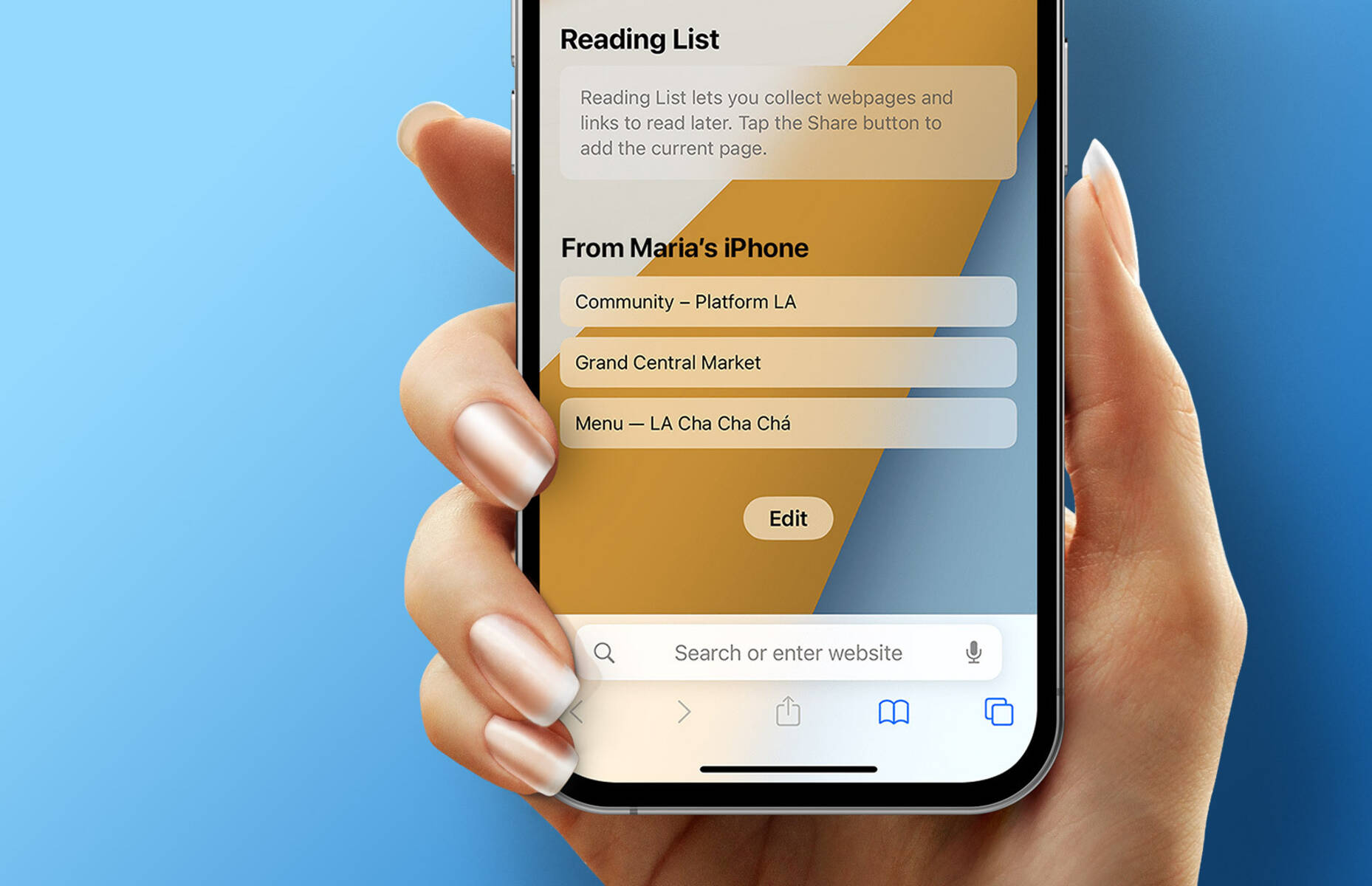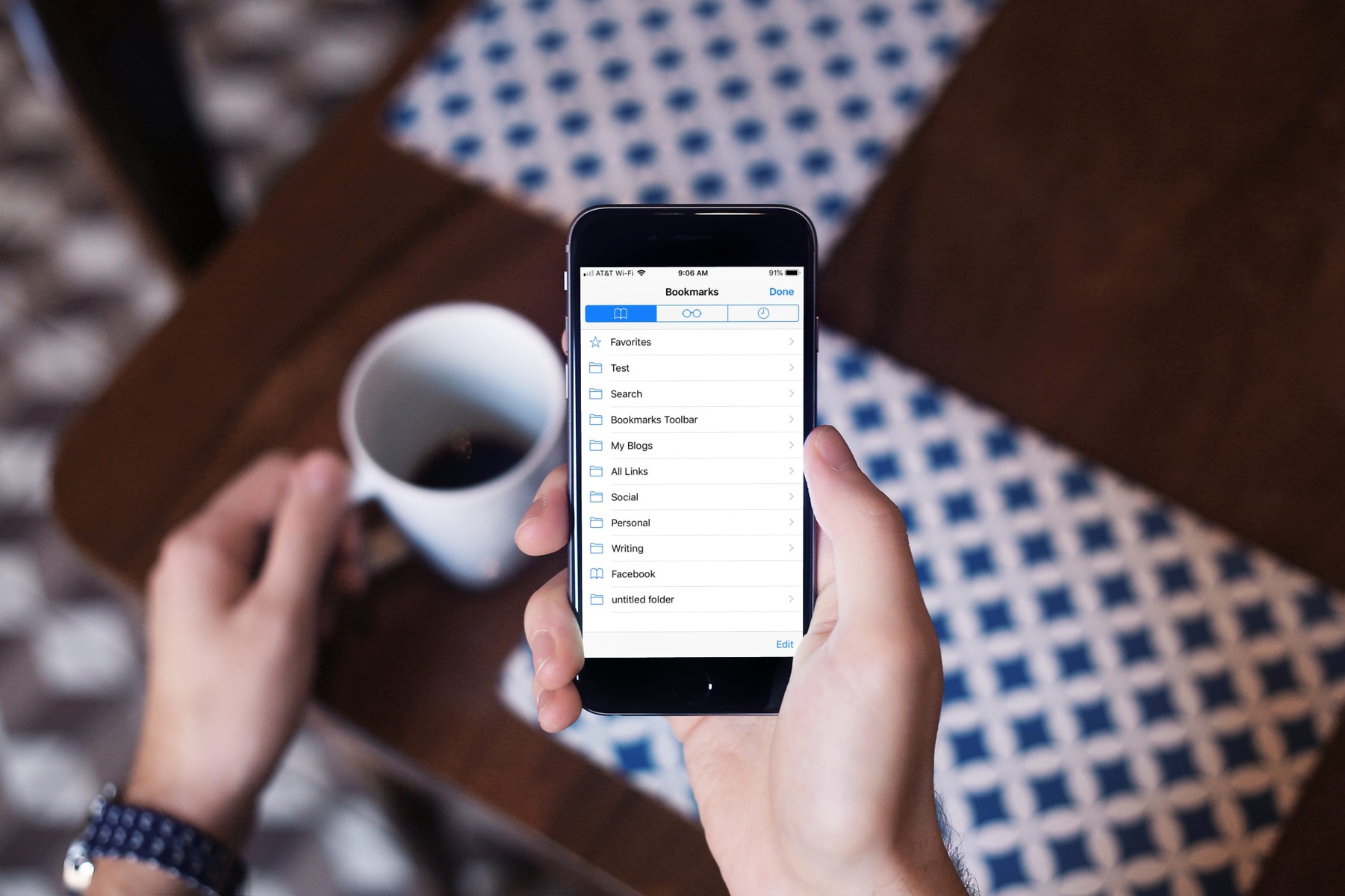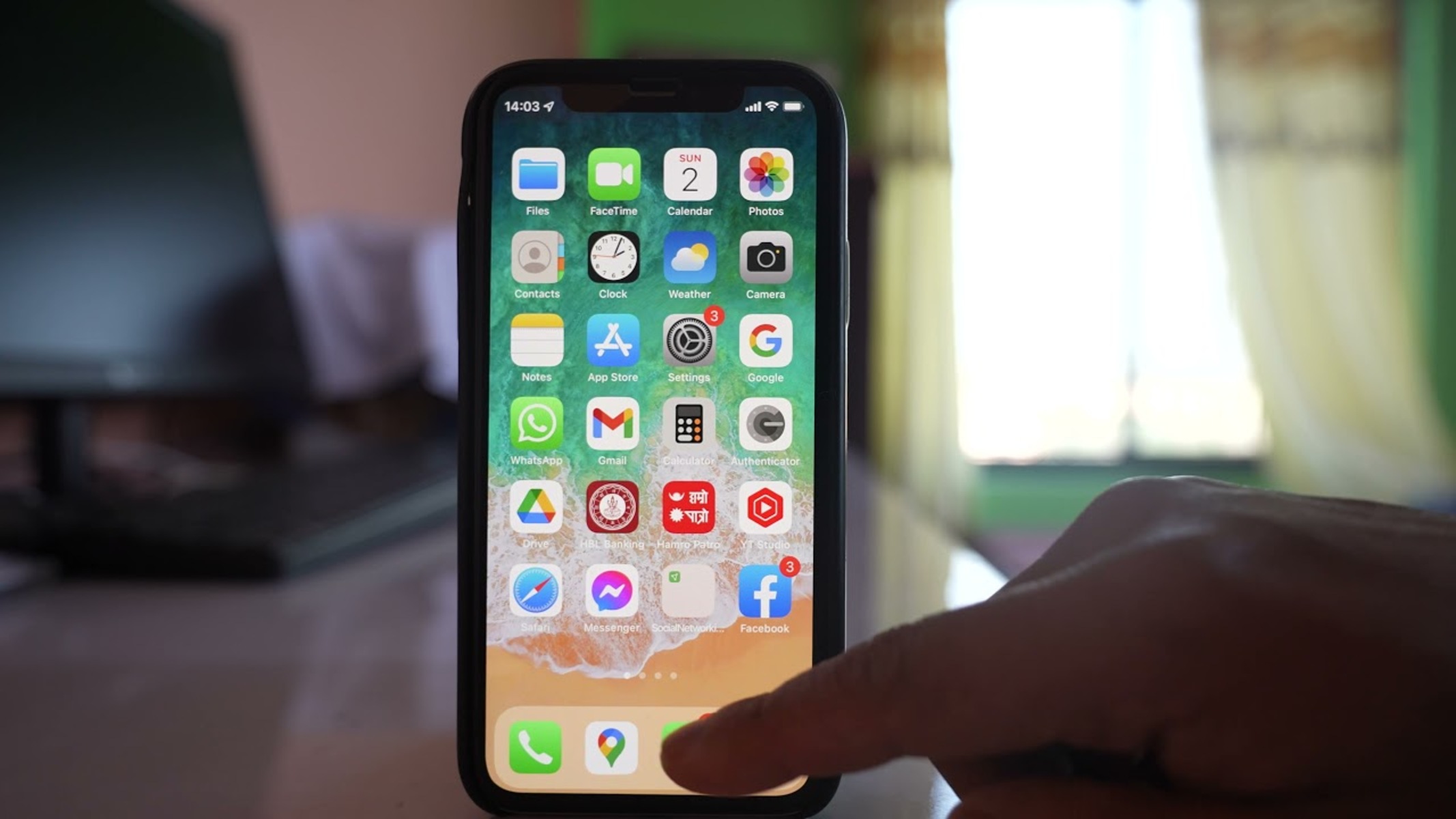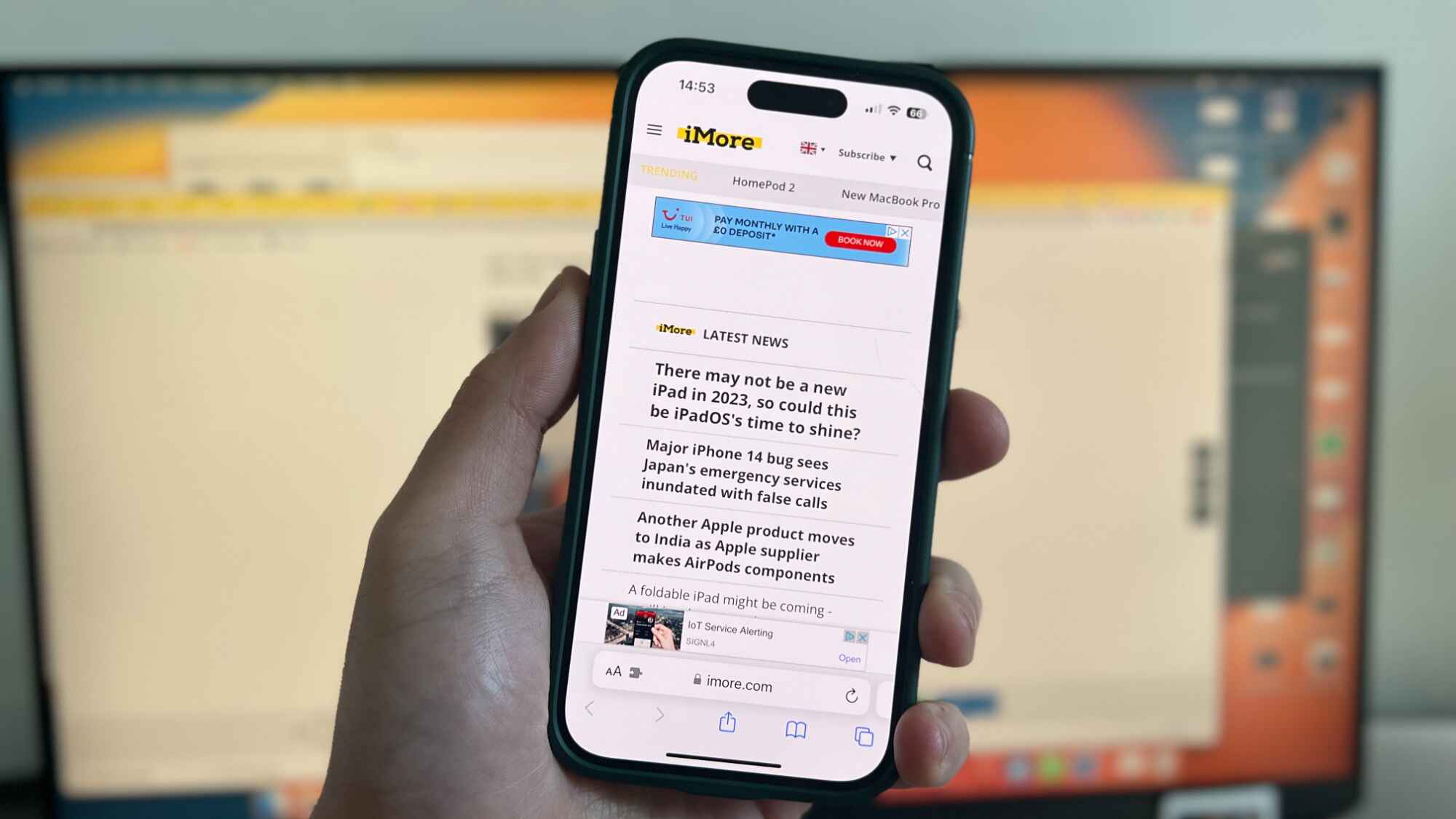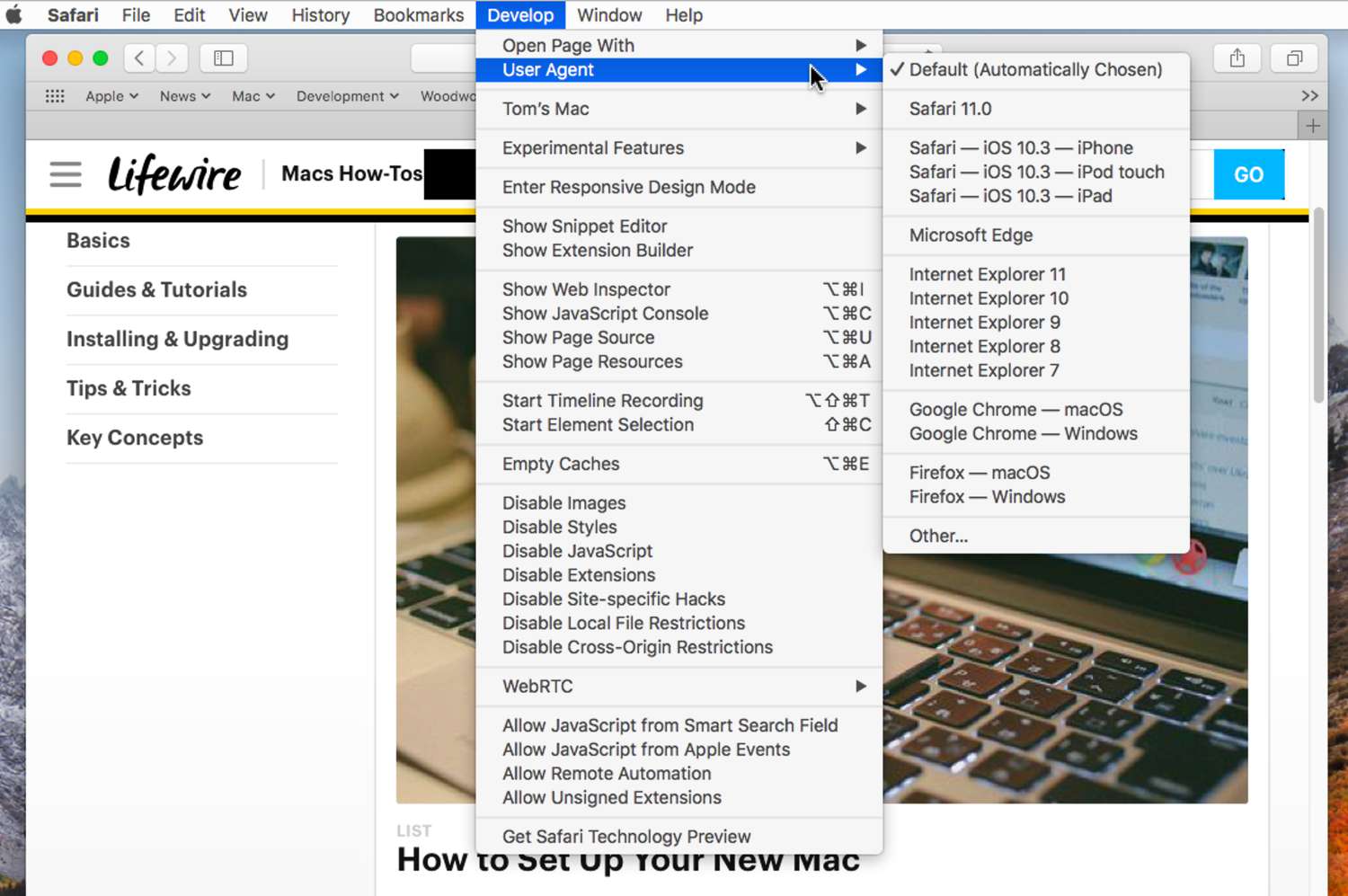Introduction
Enabling Safari on your iPhone opens up a world of possibilities, allowing you to browse the web, access favorite websites, and enjoy a seamless online experience. Safari, Apple's native web browser, is renowned for its user-friendly interface, robust security features, and seamless integration with other Apple devices. Whether you're a seasoned iPhone user or a newcomer to the Apple ecosystem, enabling Safari is a fundamental step towards harnessing the full potential of your device.
Safari offers a host of features designed to enhance your browsing experience, including tabbed browsing, reader mode for distraction-free reading, and the ability to save and organize bookmarks. Additionally, Safari's privacy and security settings empower users to control their online footprint, block unwanted content, and safeguard their personal information while browsing the web.
In this guide, we'll walk you through the simple process of enabling Safari on your iPhone. Whether you've accidentally disabled Safari and need to re-enable it or you're setting up a new device, these step-by-step instructions will ensure that you can swiftly access the web and take advantage of Safari's powerful capabilities. So, grab your iPhone, and let's get started on enabling Safari to unlock a world of browsing convenience and functionality.
Step 1: Accessing Settings
Accessing the Settings app on your iPhone is the first step towards enabling Safari. The Settings app serves as the control center for customizing various aspects of your device, including network settings, display preferences, and app configurations. Here's how to access the Settings app:
-
Locate the Settings Icon: On your iPhone's home screen, look for the Settings icon. It's recognizable by its gear-shaped symbol and is typically found in the first cluster of app icons. If you can't spot it right away, you can use the search feature by swiping down on the home screen and typing "Settings" in the search bar.
-
Tap the Settings Icon: Once you've located the Settings icon, tap on it to open the Settings app. This action will launch the app and present you with a range of options and configurations to explore.
-
Navigate Through Settings: Upon opening the Settings app, you'll find a series of sections organized into a list. These sections cover various aspects of your iPhone's settings, such as General, Display & Brightness, and Privacy. To proceed with enabling Safari, you'll need to navigate through these sections to find the specific setting related to Safari.
-
Search for Safari: To expedite the process, you can use the search functionality within the Settings app. Simply swipe down on the screen to reveal the search bar at the top, then type "Safari" into the search field. This will display relevant settings related to the Safari browser, allowing you to proceed to the next step of enabling Safari on your iPhone.
By following these steps, you'll successfully access the Settings app on your iPhone, setting the stage for the subsequent actions required to enable Safari and unlock its full potential for browsing the web seamlessly and securely.
Step 2: Finding Safari
Once you have accessed the Settings app on your iPhone, the next crucial step is to locate the Safari browser settings. Finding Safari within the Settings app is essential for enabling the browser and customizing its features to suit your browsing preferences. Here's a detailed guide on how to find Safari within the Settings app:
-
Scroll Through the Settings Sections: Upon opening the Settings app, you'll be greeted with a list of sections covering various aspects of your iPhone's settings. To find Safari, you'll need to scroll through this list and look for the specific section related to the Safari browser.
-
Locate the Safari Section: As you scroll through the settings sections, keep an eye out for the "Safari" option. The sections are typically arranged alphabetically, so you can expect to find Safari within the list of settings. Once you've located the Safari section, tap on it to access the browser's settings and configurations.
-
Explore Safari Settings: Upon entering the Safari section, you'll be presented with a range of settings and options that allow you to customize the browser according to your preferences. These settings cover various aspects of Safari, including privacy and security, general browsing behavior, and advanced features such as content blockers and website settings.
-
Customize Safari Preferences: Within the Safari settings, you can customize a multitude of preferences to tailor the browsing experience to your liking. This includes configuring privacy settings to enhance your online security, adjusting the default search engine, enabling or disabling features such as JavaScript and pop-ups, and managing website data and cookies.
-
Discover Advanced Settings: In addition to basic preferences, Safari offers advanced settings that empower users to fine-tune their browsing experience. These advanced settings encompass options for managing website settings, enabling experimental features, and configuring developer tools for web professionals.
By following these steps, you'll successfully locate the Safari browser settings within the Settings app on your iPhone. This paves the way for the next crucial step of enabling Safari and harnessing its powerful capabilities for seamless and secure web browsing on your device.
Step 3: Enabling Safari
Enabling Safari on your iPhone is a straightforward process that allows you to harness the full potential of Apple's native web browser. Once you've located the Safari settings within the Settings app, the next step is to enable the browser and configure its features to suit your browsing preferences. Here's a detailed guide on how to enable Safari and unlock its powerful capabilities on your iPhone:
-
Toggle the Safari Switch: Within the Safari settings in the Settings app, you'll find a switch labeled "Safari." This switch serves as the primary control for enabling or disabling the Safari browser on your iPhone. To enable Safari, simply tap the switch to turn it on. Once enabled, the Safari icon will reappear on your home screen, granting you instant access to the browser's intuitive interface and robust features.
-
Explore Additional Settings: In addition to enabling the Safari browser, the Safari settings within the Settings app offer a range of additional configurations to enhance your browsing experience. These settings cover privacy and security features, general browsing behavior, and advanced options for fine-tuning Safari according to your preferences.
-
Customize Privacy and Security: Safari prioritizes user privacy and security, empowering you to control your online footprint and safeguard your personal information. Within the Safari settings, you can customize privacy features such as blocking cross-site tracking, preventing camera and microphone access, and managing website tracking and data collection. By enabling these privacy settings, you can browse the web with confidence, knowing that your online activities are protected.
-
Manage Content Blockers: Safari allows you to install and manage content blockers, which are extensions that can block unwanted content such as advertisements, pop-ups, and tracking scripts. By enabling content blockers within the Safari settings, you can enjoy a cleaner and more streamlined browsing experience, free from intrusive ads and unwanted distractions.
-
Configure Website Settings: Safari offers granular control over website settings, allowing you to customize individual website preferences such as camera access, microphone access, and location access. By enabling or disabling these settings on a per-site basis, you can tailor your browsing experience to suit the specific requirements of each website you visit.
By following these steps and customizing the Safari settings to your preferences, you'll successfully enable Safari on your iPhone and unlock its powerful capabilities for seamless, secure, and personalized web browsing. Whether you're accessing your favorite websites, conducting research, or staying informed with the latest news, Safari's intuitive interface and robust features ensure that you can navigate the web with ease and confidence on your iPhone.
Conclusion
Enabling Safari on your iPhone is a pivotal step towards embracing a seamless and secure browsing experience. By following the simple yet essential steps outlined in this guide, you've successfully accessed the Settings app, located the Safari browser settings, and enabled Safari to unlock its powerful capabilities on your device.
As you embark on your browsing journey with Safari, it's important to explore the myriad features and functionalities that the browser offers. From tabbed browsing and reader mode to robust privacy and security settings, Safari empowers you to navigate the web with ease, efficiency, and peace of mind.
With Safari at your fingertips, you can effortlessly access your favorite websites, stay informed with the latest news, and indulge in online activities with confidence. The browser's intuitive interface, coupled with its seamless integration with other Apple devices, ensures a harmonious and consistent browsing experience across your digital ecosystem.
Furthermore, Safari's commitment to user privacy and security sets it apart as a trusted companion for your online endeavors. By customizing privacy settings, managing content blockers, and fine-tuning website preferences, you can tailor your browsing experience to align with your individual preferences and values.
As you enable Safari on your iPhone, you're not just gaining access to a web browser; you're embracing a gateway to a world of information, entertainment, and connectivity. Whether you're conducting research, shopping online, or simply exploring the vast expanse of the internet, Safari stands ready to accompany you on your digital adventures.
In conclusion, by enabling Safari on your iPhone, you're not only embracing a powerful browsing tool but also tapping into a realm of possibilities that await at your fingertips. So, as you navigate the web with Safari, may your online experiences be enriched, your privacy safeguarded, and your digital journey seamlessly intertwined with the intuitive prowess of Apple's native web browser.







